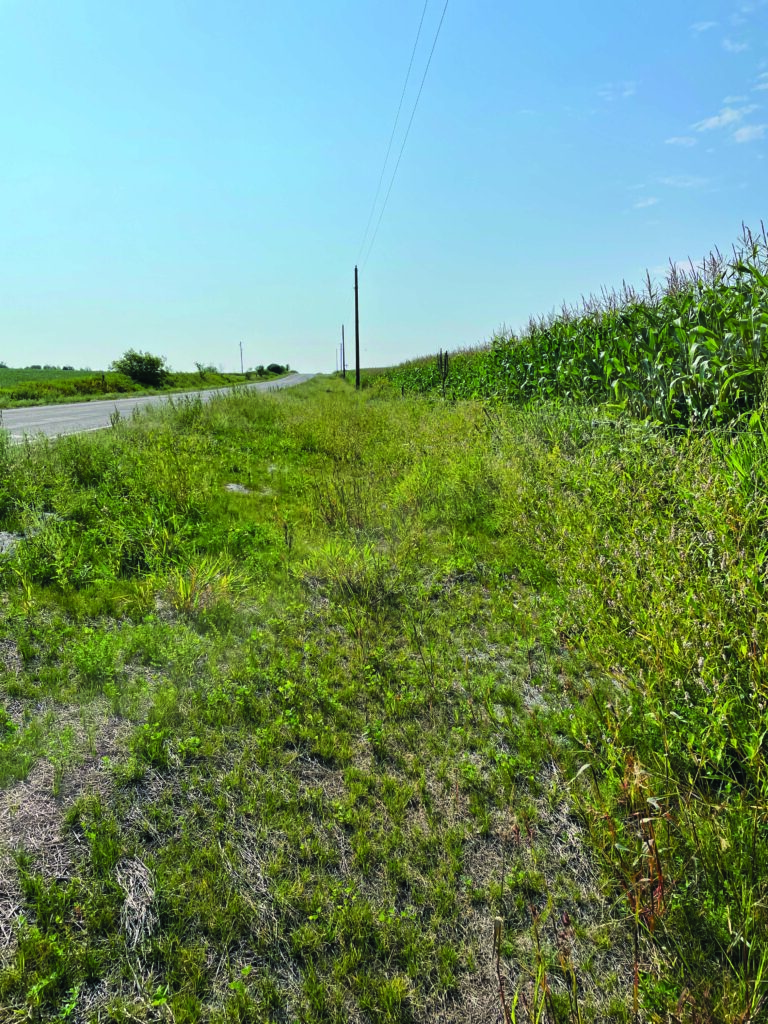
Infrastructure projects require a variety of solutions provided by Erosion Control Technology Council (ECTC) members. ECTC is a leading industry organization whose members are dedicated to advancing the knowledge, experience and expertise of erosion and sediment control. The nonprofit organization’s mission is to develop performance standards, uniform testing procedures and guidance on the application and installation of hydraulic erosion control products (HECPs), rolled erosion control products (RECPs) and sediment retention fiber rolls (SRFRs). ECTC recently expanded its reach to other technologies as well and promotes the use of erosion and sediment control products through industry leadership and education in the hope of making a substantial contribution to the science of erosion control and environmental preservation.
Erosion and sediment control products are used in numerous infrastructure projects. RECPs in degradable erosion control blanket options and RECPs not designed to degrade in turf reinforcement mat (TRM) options are both used on the disturbed slopes found across various infrastructure projects. Common examples of these include roadside slopes and gradients next to bridge abutments. HECPs are another tool in the toolbox for use on some slope applications. Erosion control blankets (ECBs) and TRMs are also frequently used within areas of concentrated flow on infrastructure projects such as roadside ditches, overflow swales and highway medians. ECBs and TRMs are also commonly used on shoreline applications of retention and detention ponds on infrastructure projects. Mechanical unrolling attachments for RECPs are regularly used for long runs common to infrastructure projects. The attachments expedite installation time and are usually compatible with equipment that is already part of construction fleets such as skid steers and tractors.
SRFRs and other innovative sediment control solutions are used across infrastructure projects as well. Sediment control products help contain sediment at all stages during a project, but their dependency can be reduced when proper erosion control practices are properly implemented. Typically, sediment control should be a project’s “last line of defense” as compared to the only technology used on a site. Keeping soil in place on slopes and in channels with proper erosion control should be the first line of defense on most projects.

When departments of transportation (DOTs) have detailed specifications and approved product lists, it helps ensure the right products make it into the right projects and applications. This commonly yields successful results by doing it right the first time. RECPs, HECPs and SRFRs are in many state DOT specification books, so they can be used on various infrastructure projects such as roads and bridges. However, there are still a few states that do not have specifications and/or approved products lists for erosion control products. Use of erosion control products are supported by the National Pollution Discharge Elimination System (NPDES) Phase II, which requires owners and operators of construction sites to implement programs and practices to control polluted stormwater runoff on disturbed sites as small as 1 acre. Thus, the experts at ECTC are eager to help any DOT or other agency with the development of specifications and/or approved products lists. ECTC provides full specifications for RECPs, HECPs and SRFRs in easy copy and paste formats online. ECTC supports the use of ASTM International standardized methods whenever possible. The U.S. Department of Transportation, Federal Highway Administration (FHWA) specifications closely mirror ECTC specifications for ECBs in their Standard Specifications for Construction of Roads and Bridges on Federal Highway Projects (FP-14), Section 713.17 on Temporary Rolled Erosion Control Products. Our industry would benefit greatly if more specifications contained the basic consistency like the ECTC and FHWA example above. Unfortunately, we are seeing some specifications that are basically reinventing the wheel with a different twist, which creates confusion in the industry when long-term, successful specifications already exist. In addition, getting erosion control products qualified across DOTs nationwide currently requires meeting a couple of different testing criteria. Specifications, and the industry in general, would advance further if a single, standardized testing program were accepted by all DOTs.
Installation of erosion control products, like most products, is an area that we can never have too much training on. Rarely do erosion control products themselves ever “fail,” but these important best management practices may not perform to their highest performance capabilities if installation steps are not followed properly. This is true for infrastructure projects and other applications as well. ECTC provides a library of installation guidance documents and CAD details to help train people on the proper installation of erosion control products. In addition, ECTC is excited to relaunch its in-person programs to DOTs, and other interested groups, that will focus on installation tips. Lastly, ECTC is thrilled about launching its all-new, virtual educational webinar program in the near future that will cover several topics, including the importance of proper installation.
Contact ECTC to learn more about our members, tools and services. In addition, there is a complete toolbox of specifications, CAD files, installation videos, fact sheets, etc. online at ECTC.org. Please contact Jon Curry (jcurry@ectc.org), ECTC executive director, with any questions or comments regarding this article. He will be sure to communicate your feedback to ECTC membership, then provide a timely response.
 TEXTILES.ORG
TEXTILES.ORG


